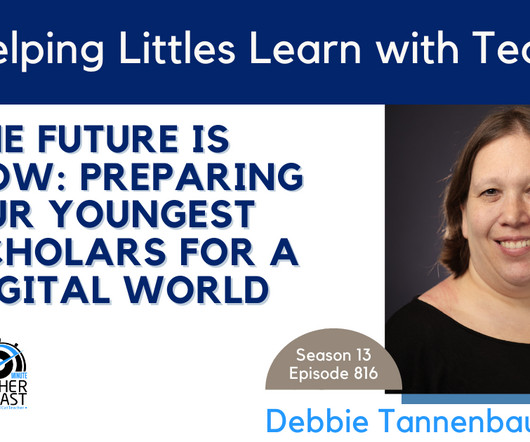Eduprotocols for Littles with Jon Corippo #kinderchat
The CoolCatTeacher
OCTOBER 4, 2018
You’ll want to sign up for your free 30-day trial at coolcatteacher.com/reallygoodstuff and remember – it is only one app – all of the other apps are inside this one simple digital learning collection from Really Good Stuff. Now, that’s good stuff for every K-2nd grade iPad or Google Play enabled tablet! Listen Now.















Let's personalize your content